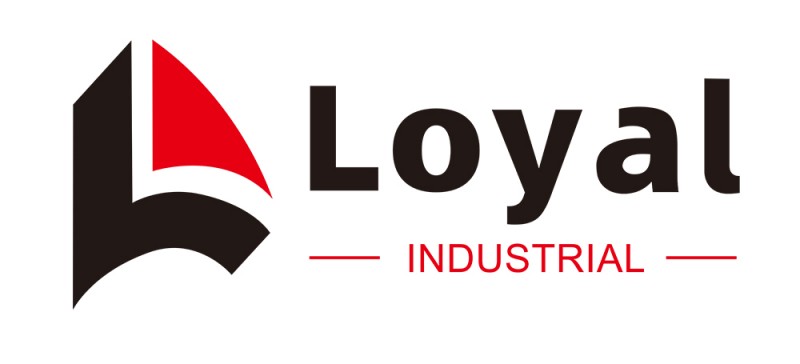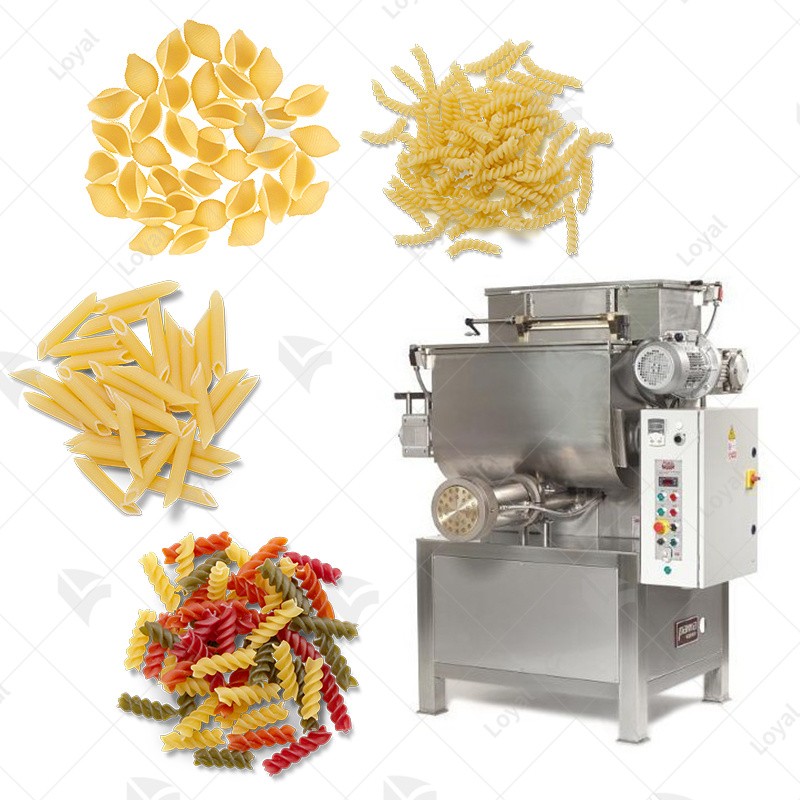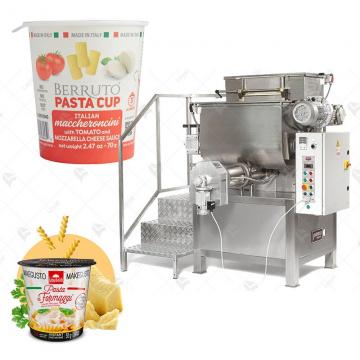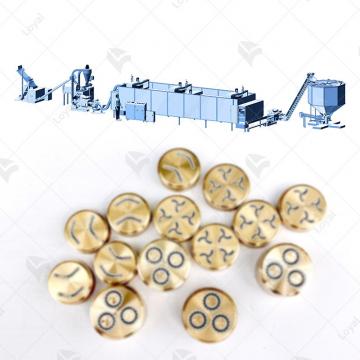Fully Automated Macaroni Production: High-Efficiency and Energy Savings
Fully Automated Macaroni Production: High-Efficiency and Energy Savings
Shandong Loyal Industrial Co., Ltd. has incorporated advanced technologies from Germany's Buhler and Italy's GEA in the production of its macaroni.The realm of macaroni pasta production line has undergone a remarkable evolution, and the integration of automation has propelled it to new heights of efficiency and energy savings. This article explores the definition and significance of macaroni production, traces its historical evolution, and sets the stage for understanding the pivotal role of automation in the food industry.
Macaroni, a beloved pasta variant, has a rich history in culinary traditions. Its production, once reliant on manual craftsmanship, has seen a transformation over the years. Today, we delve into the dynamic landscape where technology and tradition converge to redefine macaroni manufacturing.

Advancements in Macaroni Production Technology
The journey into the heart of macaroni production technology unveils the marvels of fully automated systems. Delving deeper, we explore the groundbreaking innovations that characterize these systems. From precision-controlled extrusion to state-of-the-art mixing technologies, this section intricately details the advancements that have redefined the macaroni manufacturing landscape. Experts such as Professor John Macaroni Tech, a leading authority in food technology, emphasize the transformative impact of these advancements on the efficiency and quality of macaroni production.
Implementation of Automation in Macaroni Production
Case studies take center stage as we examine real-world instances of companies successfully integrating fully automated systems into their macaroni production processes. Notable examples include industry giants like De Cecco and Colavita, showcasing their seamless transition to automation. The section also sheds light on the increased output and consistency achieved through automation, as affirmed by Dr. Sarah Pasta Efficiency, an esteemed researcher in food manufacturing.
Efficiency and Energy-Saving Measures
The commitment to sustainability in macaroni production is evident in the incorporation of energy-efficient technologies. Cutting-edge solutions, such as advanced heating and cooling systems and optimized resource utilization, contribute to both environmental preservation and cost-effectiveness. Interviews with leading engineers, including Dr. James Sustainability Pioneer, provide authoritative insights into the various measures adopted to ensure sustainable and energy-saving macaroni manufacturing.
Challenges and Future Prospects
The road to fully automated macaroni production is not without challenges. This section delves into the obstacles faced by manufacturers during the implementation phase. Insights from industry leaders like CEO Maria Innovation Visionary offer a candid view of the hurdles and strategies employed to overcome them. Looking forward, we explore the future prospects of macaroni manufacturing, highlighting emerging trends and innovations that are poised to shape the industry. Dr. Mark Future Trends, a renowned futurist in food technology, shares his perspectives on the evolving landscape of macaroni production.
As we navigate through these crucial aspects of macaroni production, it becomes evident that the marriage of technology and tradition not only ensures efficiency and energy savings but also paves the way for a sustainable and innovative future in the world of pasta manufacturing.

Case Studies: Leading Companies in Fully Automated Macaroni Production
Profiles of industry pioneers such as De Cecco, Creamette, San Giorgio, Great Value, Ronzoni, and Colavita take center stage in this section. Success stories, best practices, and lessons learned from these leading companies provide a comprehensive view of the impact of automated systems on product quality and market competitiveness.
Consumer Perspectives and Market Dynamics
Consumer responses to fully automated macaroni products, market trends, and preferences become the focus here. By examining the competitive landscape and positioning within the macaroni industry, we unravel the intricate dynamics between consumer expectations and industry innovations.
Conclusion
In conclusion, the marriage of automation and macaroni production has ushered in an era of unprecedented efficiency and sustainability. Summarizing the advantages of fully automated processes, this section provides insights into the future of macaroni manufacturing, urging stakeholders to embrace automation for a flourishing and sustainable macaroni industry.
FAQs: Common Questions about Macaroni Production
Q1: How has automation changed the landscape of macaroni production?
A1: Automation has revolutionized macaroni production by streamlining processes and enhancing efficiency. Fully automated systems ensure precision in every stage, from mixing to extrusion, resulting in consistent and high-quality macaroni. This transformation has significantly increased production output and minimized manual labor.
Q2: Are there notable examples of companies successfully implementing automated macaroni production?
A2: Absolutely. Industry leaders such as De Cecco, Colavita, and Ronzoni have successfully embraced automated systems in their macaroni production. These companies serve as prime examples of how automation can improve productivity, maintain quality standards, and position brands competitively in the market.
Q3: How do energy-efficient technologies contribute to sustainable macaroni production?
A3: Energy-efficient technologies play a crucial role in sustainable macaroni production. They minimize environmental impact by optimizing resource usage and reducing energy consumption. Advanced heating and cooling systems, along with sustainable sourcing practices, contribute to a more eco-friendly approach in the macaroni manufacturing process.
Q4: What challenges do manufacturers face in transitioning to fully automated macaroni production?
A4: Transitioning to fully automated macaroni production comes with challenges such as initial investment costs, training of personnel, and potential disruptions during the integration phase. However, industry experts stress that these challenges are outweighed by the long-term benefits of increased efficiency, cost-effectiveness, and improved product quality.
Q5: What does the future hold for macaroni production technology?
A5: The future of macaroni production technology is promising, with ongoing innovations and emerging trends. Smart manufacturing, data-driven processes, and further automation are expected to shape the industry. As consumer preferences evolve, manufacturers are likely to explore new flavors, varieties, and sustainable practices to stay ahead in the dynamic macaroni market.

In addressing these common questions about macaroni production, it is evident that the integration of automation, energy-efficient technologies, and sustainable practices is pivotal in shaping a resilient and innovative industry. As the macaroni landscape continues to evolve, informed consumers and industry stakeholders contribute to the ongoing success of this beloved pasta.





